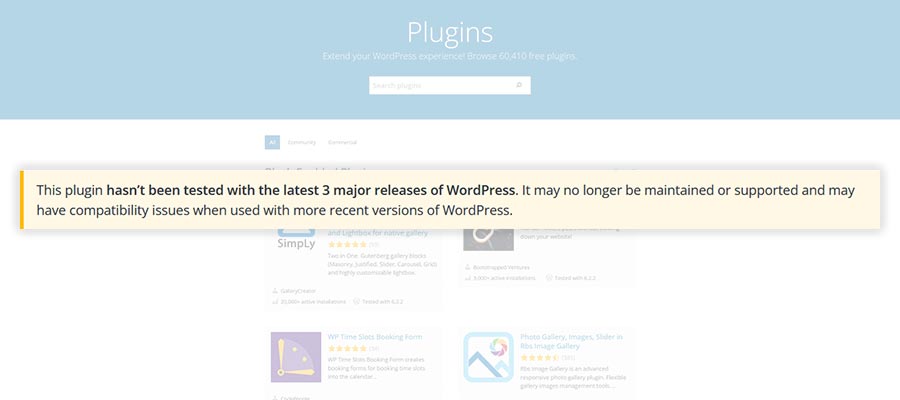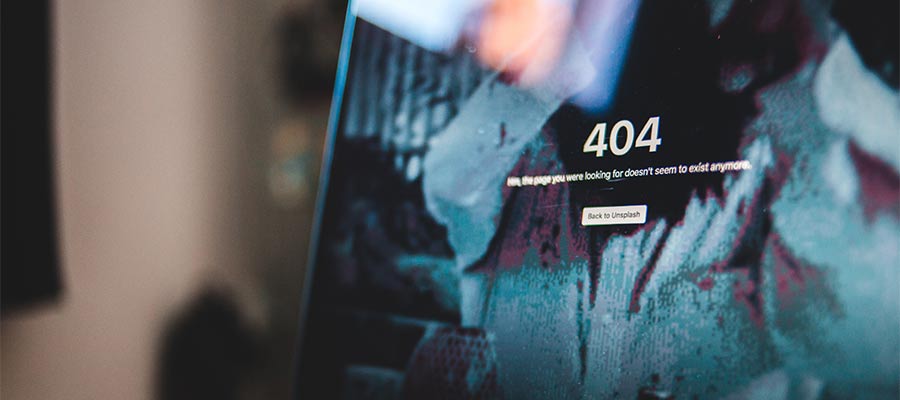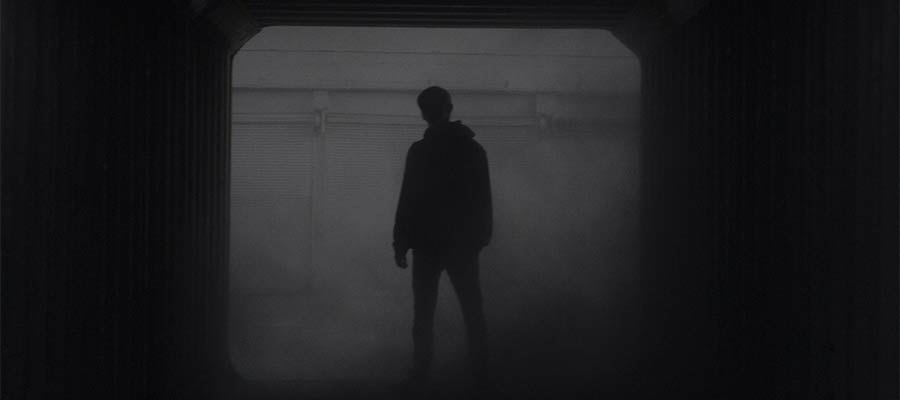The 5 Biggest Pains in Website Maintenance
Website complexity has trended upward. Why? Technology empowers us to do more than ever.
High-end functionality is at our fingertips. We see it with content management systems (CMS), code frameworks, and other advancements. They have raised the bar on what we can achieve. And client expectations are higher than ever.
This evolution has brought a lot of positives. But it has also made website maintenance more difficult. It’s the price of using the “latest and great” technologies.
Here are five of the most painful maintenance-related issues that web designers face.
1. API Changes That Break Features
Many websites depend on third-party APIs. They enable us to connect with mapping services, email list managers, and social media networks.
Each API is different. They all have quirks. And some are prone to sudden changes.
Improvements are always welcome. But there are downsides, too. Sometimes a change requires us to refactor our implementations. Failure to do so can lead to a broken feature.
Look no further than Twitter to see the impact. The decision to put their API behind a paywall left a lot of users out in the cold. And continued changes have brought chaos to web designers.
It can be a pain to keep up with these changes – even for one website. But the situation is worse for those who manage multiple sites.

2. Dealing With Abandoned WordPress Plugins
A thriving plugin ecosystem is key for an open-source CMS. It provides users with helpful tools. And it’s a business opportunity for developers.
But there’s no guarantee of quality or longevity. Anyone can publish a plugin. That means we live with a lot of uncertainty. Not all plugins evolve along with their platform.
This can lead to headaches for web designers. If a plugin we’ve chosen is buggy, no longer maintained by its author, or both, a replacement must be found.
The more complex the plugin, the more painful it is to replace. It’s about more than finding a new plugin, however. Any customizations made around the previous one will have to be refactored.
The whole process could become expensive and time-consuming.

3. Web Hosting Nightmares
We depend so much on web hosts. How much? Think of it this way: even a well-built website can’t overcome substandard hosting.
Hosting providers sometimes fall flat. The situation can get out of hand in a hurry. Frequent outages, security holes, or lackluster support make our jobs harder. Web designers are often caught in the middle of these situations.
We’re the ones who are typically the go-between for our client and the hosting provider. It could mean lots of time waiting for answers in a chat or (even worse) on the phone.
Meanwhile, the website in question may or may not be available. Not fun at all.

4. Dealing with Old Websites
Old projects are like a recurring nightmare. And veteran web designers might have dozens of them. Some clients are on a budget or just don’t see the need for a redesign.
An older site isn’t always problematic. But the way it was built could be. Designers and developers learn through experience. The techniques we used five years ago are likely miles away from our current approach.
Thus, maintenance can mean facing previous mistakes. It can make us kick ourselves for not predicting the future.
There is a bright side, however. Digging through old code can make you appreciate how far you’ve come.

5. The Mysteries of an Inherited Site
An inherited website is full of surprises. You didn’t build it. Therefore, you never know what’s lurking in the shadows.
Sometimes you can identify problems right away. But even a website that looks fine can cause trouble. Issues aren’t always visible to the naked eye.
But incompatibilities, malware, and buggy code can rear their heads at any time. You may not find out about them until it’s too late.
It takes a bit of bravery and a lot of patience to work on these projects. That’s why it’s important to charge accordingly. You don’t want to lose money on the venture. Losing your sanity is bad enough.

How Pain Can Lead to Growth
The above “pains” all have a few things in common. First, they are simply a part of our job. Websites often work with third-party apps and services. And no website is immune to hosting foibles.
In addition, each of these items provides an opportunity for web designers to learn and grow. The experiences we have can be helpful. We’ll better understand how to deal with similar issues in the future.
That’s a good thing. The web’s complexities aren’t going away anytime soon.